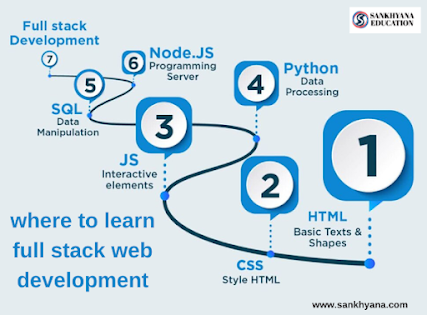How Data Science is Used in Healthcare
How Data Science is Used in Healthcare
In recent years, data science has emerged as a powerful tool in various industries, and healthcare is no exception.
Register your interest here: https://forms.gle/Qw8GjAehRk6WgCjF7
Transforming Healthcare
The Role of Data Science
Introduction:
In recent years, data science has emerged as a powerful tool in various industries, and healthcare is no exception. With the abundance of digital health records, medical imaging, wearable devices, and genomic data, the healthcare sector has become a goldmine of information waiting to be harnessed. In this blog post, we will explore how data science is revolutionizing healthcare, enabling better patient care, precise diagnostics, disease prevention, and much more.
1. Predictive Analytics for Early Disease Detection:
Data science techniques, such as machine learning and predictive modeling, are being used to analyze vast amounts of patient data to identify patterns and markers that can assist in early disease detection. By combining patient history, genetic information, lifestyle factors, and demographic data, algorithms can generate risk scores and predictive models that help healthcare professionals identify high-risk individuals and initiate preventive interventions before diseases progress.
2. Personalized Medicine and Treatment Plans:
Data science plays a crucial role in tailoring medical treatments to individual patients. By analyzing patient data, including genetic profiles, disease history, lifestyle, and treatment outcomes, data scientists can develop personalized treatment plans. These plans take into account factors such as drug interactions, dosage adjustments, and predicted treatment responses, enabling more effective and targeted care.
3. Medical Imaging and Computer-Aided Diagnostics:
Medical imaging, such as X-rays, MRIs, and CT scans, generates vast amounts of complex data. Data science techniques, such as image recognition, deep learning, and computer vision, can be applied to extract valuable insights from these images. This allows for faster and more accurate diagnoses, as well as the identification of subtle abnormalities that may be missed by human interpretation alone. Computer-aided diagnostic systems are increasingly being used to assist radiologists and pathologists in interpreting medical images, leading to improved efficiency and accuracy in diagnosis.
4. Drug Discovery and Development:
Data science is transforming the field of pharmaceutical research and development. By leveraging large-scale datasets, such as genomic data, molecular structures, and clinical trial results, data scientists can identify potential drug targets, predict drug efficacy, and optimize drug discovery processes. Advanced analytics and machine learning algorithms can significantly reduce the time and cost required to bring new drugs to market, accelerating the pace of medical advancements.
5. Public Health Monitoring and Outbreak Prediction:
Data science techniques are vital in monitoring public health trends and detecting outbreaks. By analyzing data from various sources, including social media, electronic health records, and environmental factors, data scientists can identify patterns and signals that indicate the spread of diseases. This enables public health agencies to respond quickly, allocate resources efficiently, and implement preventive measures to mitigate the impact of outbreaks.
Conclusion:
Data science is transforming healthcare by unlocking the potential of vast amounts of data to drive better patient outcomes, more efficient care delivery, and groundbreaking medical discoveries. As data collection technologies continue to advance and more comprehensive datasets become available, the role of data science in healthcare will only become more prominent. With its ability to extract actionable insights from complex data, data science is poised to revolutionize healthcare, ushering in a new era of precision medicine and improved population health.



Comments
Post a Comment